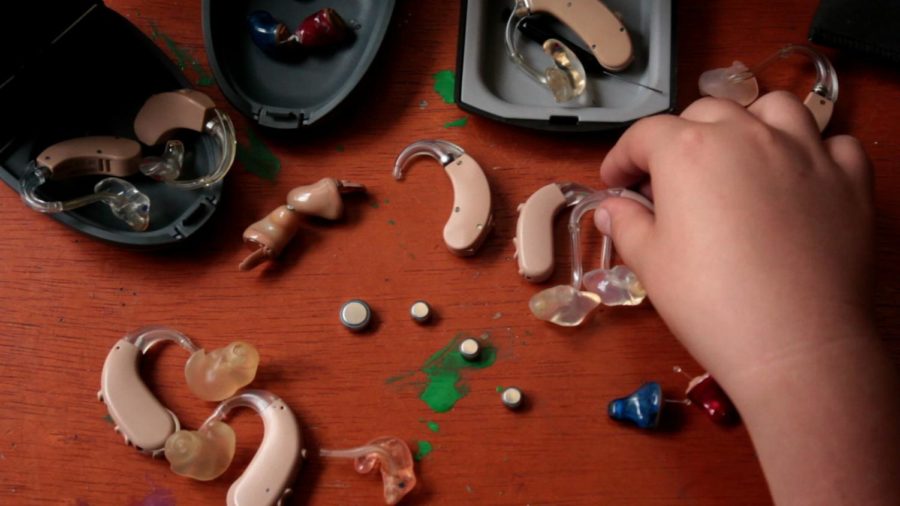Accessibility for deaf and hard of hearing students lacking on campus
Hearing aids come in a variety of forms, but all are able to help those who are deaf or hard of hearing.
January 30, 2020
Accessibility for deaf and hard of hearing students around campus may be lacking in multiple ways. Those who identify with the deaf and the hard of hearing community have spoken out about the lack of resources needed to more effectively understand what is going on, both in class and out.
Iowa State currently offers American Sign Language (ASL) classes that range from levels 101 to 490. The problem lies in the fact that ASL 101 is a prerequisite for all other ASL classes, meaning that if students are unable to reserve a spot in ASL 101 during fall semesters, they miss out on the chance to learn ASL for the entire year.
Since ASL 101 is an introductory class, it is only available to students in the fall. It is one of the most popular classes held at Iowa State, and, as such, it fills up incredibly quickly. This could be a disadvantage to not only the deaf and hard of hearing students that want or need to learn ASL to function, but it can also be an inconvenience for those who happen to have last names at the end of the alphabet or who qualify as a underclassmen, as these students do not have as high a priority when it comes to choosing classes.
Lexie O’Brien, senior in microbiology, tells of her experience with being hard of hearing on campus.
“It took me six months to get my diagnosis, so I didn’t have official paperwork yet,” O’Brien said. “I asked my Spanish teacher if he would wear my microphone, and he said no so many times. I cried in front of the whole class. It gave me anxiety every time I had to introduce my microphone to a new teacher.”
O’Brien and other hard of hearing students commonly wear a “Roger Pen” that is given to them through the student disability office once they have the proper paperwork. This device contains two parts: one microphone that the speaker wears and an ear-piece that the listener wears. The microphone then transmits what the speaker is saying into the ear of the listener.
There are some solutions that can help both deaf and hard of hearing students understand speakers better, O’Brien said.
When speaking, always face towards the person you are addressing. Whether the listener is hearing or hard of hearing, it will be easier to understand what the speaker is saying if they directly face the listener.
When speaking, do not cover your mouth with your hands. This makes it more difficult to both hear what the speaker is saying and to lip-read.
When speaking, try not to mumble or talk at the same time as another person. Both of these make it exceptionally difficult for deaf, hard of hearing and hearing people to understand what is being said.

















